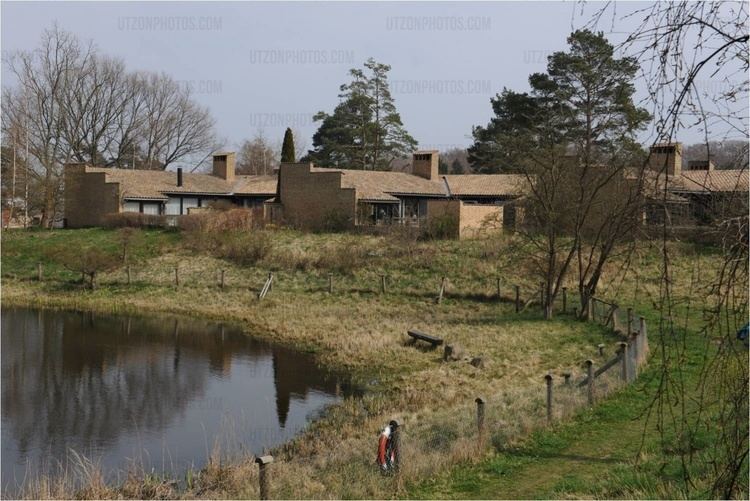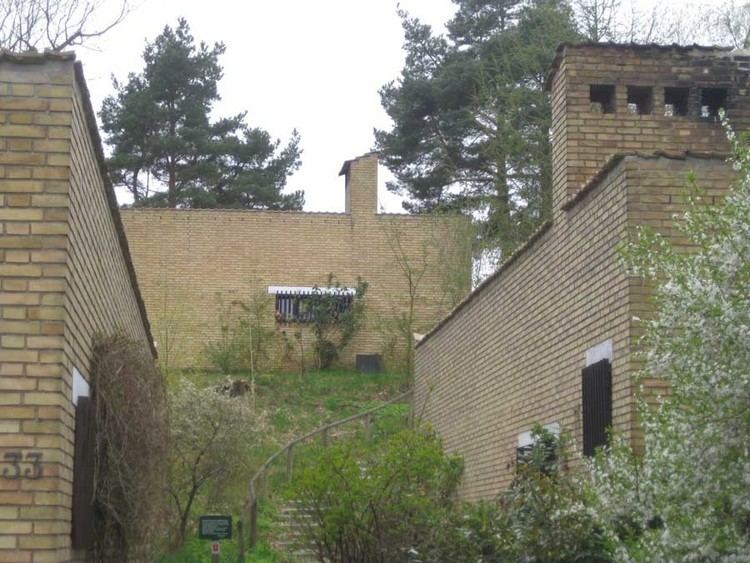Opened 1958 | Completed 1958 Architectural style Modern architecture Construction started 1956 | |
 | ||
Similar Fredensborg Houses, Bagsværd Church, Utzon's House in Hellebæk, Can Lis, Can Feliz | ||
Kingo Houses is a housing development designed by architect Jørn Utzon in Helsingør, Denmark. The development consists of 63 L-shaped houses based upon the design of traditional Danish farmhouses with central courtyards and that of Chinese and Islamic dwellings.
Contents
- Map of Kingo Houses 3000 HelsingC3B8r Denmark
- Romerhuset af Jrn Utzon
- History
- Design
- Influence
- References
Map of Kingo Houses, 3000 Helsing%C3%B8r, Denmark
Romerhuset af Jørn Utzon
History

The design of the Kingo Houses was based on a competition project Utzon had developed for the south of Sweden in 1953. Although he did not obtain a commission in Sweden, the mayor of Helsingør liked his idea and provided land for Utzon to realize his project.
Named after the developer Boligselskabet Kingo, the housing is currently known as Romerhusene (English: Roman houses).
Design
The development is based on Utzon's additive approach, starting modestly with one unit and proceeding from there, taking into account the lie of the land and the surroundings. Utzon described the arrangement of the houses as "flowers on the branch of a cherry tree, each turning towards the sun."
Each unit has an area of 15 by 15 metres (49 ft × 49 ft), enclosed on two sides by the L-shaped house, and by walls on the other two sides. The small size of the units makes them not only economical but also easily adaptable to the natural terrain. The limited size of the private area is compensated by the provision of a large landscaped communal space. Each house has a courtyard with two wings, one for living, the other for sleeping. Utzon set the exact amount of bricks to be used for the courtyard walls but he told the bricklayers they should build each house individually, catering for privacy, shade, view and enclosure. Built with state funding, the houses were limited to 104 m2 (1,120 sq ft) per three-bed unit.
Influence
The Kingo Houses formed a prototype for Utzon's second courtyard housing project, the Fredensborg Houses, one of the most perfect 20th century brick-built housing developments. They have been called the finest Scandinavian example of humane housing.
